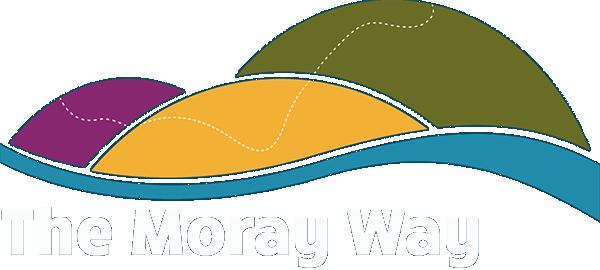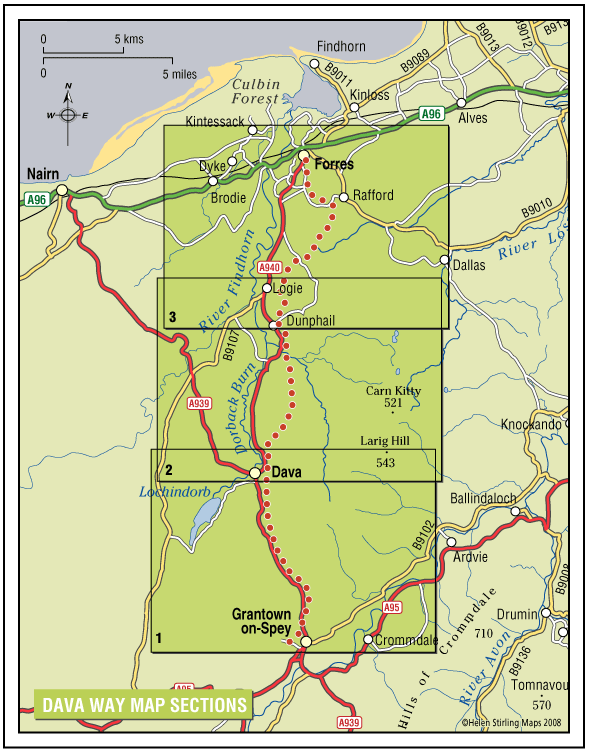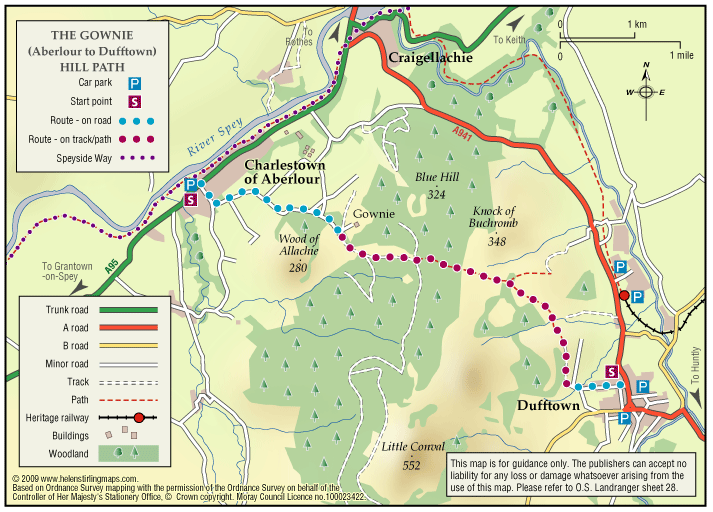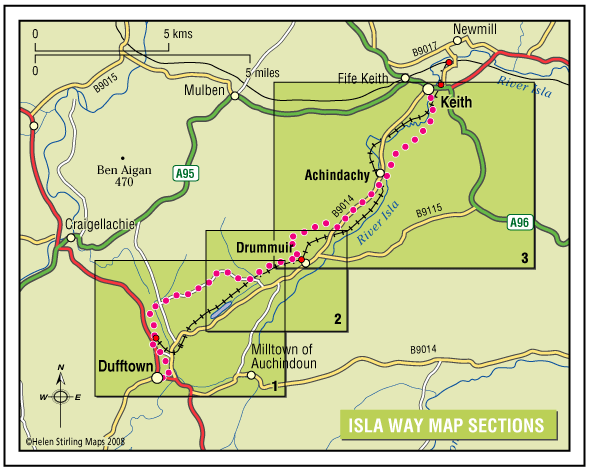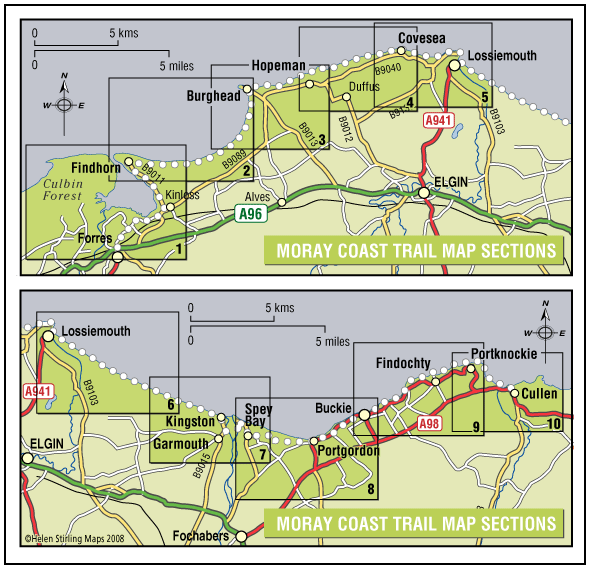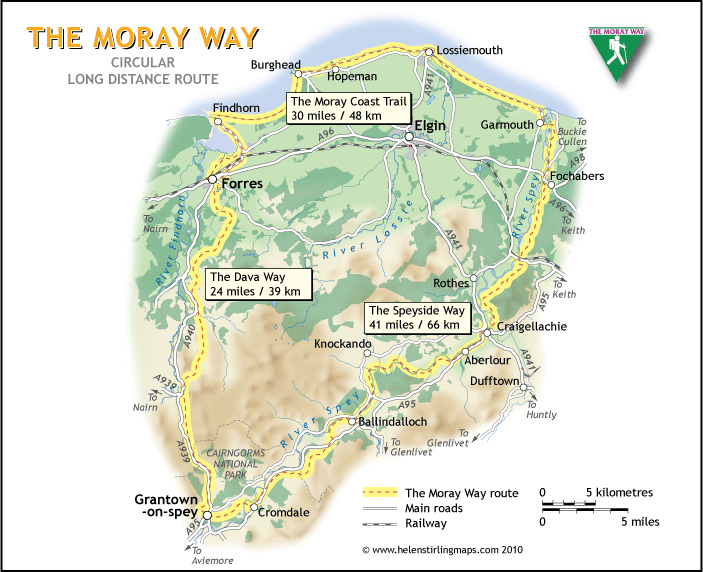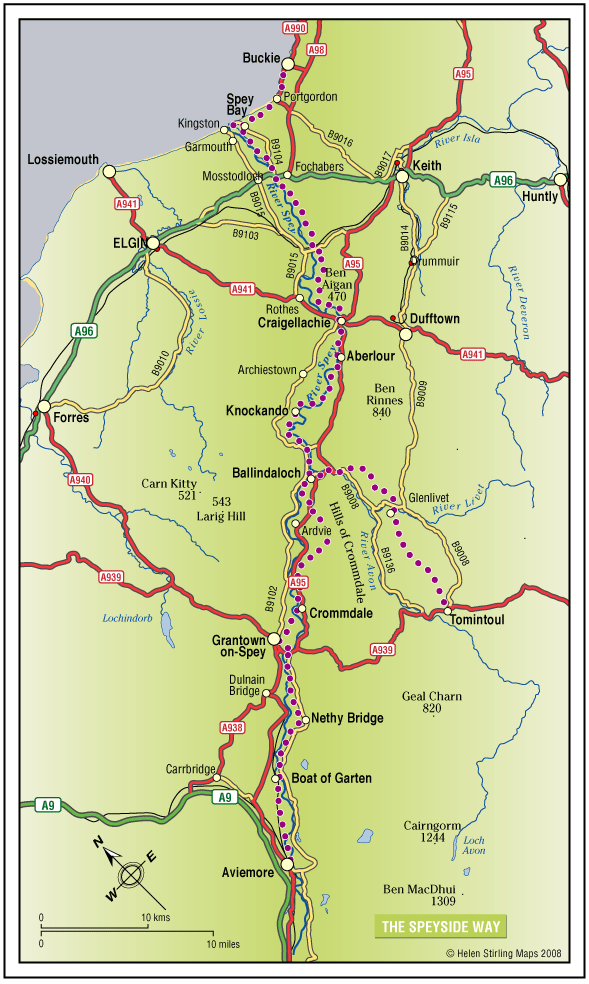Ben Avon from Tomintoul

Ben Avon is the most easterly mountain of the main Cairngorm range. It occupies a vast area to the north-east of Glen Quoich stretching towards Inchrory and the River Gairn, and it is recognisable from many viewpoints across Moray by the granite tors on the skyline of its long flat plateau.
- Hill Walk
- Challenging
- 25 miles (40 km)
- 1630 meters (5348 ft)
- Tomintoul
- Unsuitable for wheelchairs and buggies
- Defined hill path
- Slopes throughout
- Unsigned
